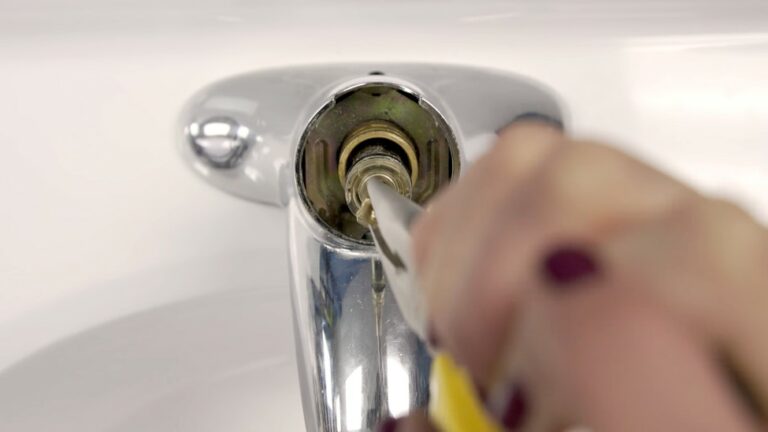How To Get Your Dog To Use The Bathroom Outside
Getting your dog to consistently use the bathroom outside can feel like a challenging job, but with the right approach, it’s entirely achievable. Whether you’re dealing with a playful puppy or an older dog set in their ways, understanding your dog’s bathroom needs and applying consistent training methods will pave the way to success. This guide breaks down everything you need to know about outdoor bathroom training so you can enjoy a cleaner home and a happier pet.
Understanding Your Dog’s Bathroom Needs
Recognizing Signs Your Dog Needs To Go
Dogs communicate their bathroom needs through various behaviors. Common signs include sniffing the ground, circling, whining, or heading toward the door. Learning to recognize these early signals helps you act quickly and prevent accidents inside your home.
Typical Bathroom Schedules For Dogs
Most dogs thrive on routine, and their bathroom habits usually follow predictable patterns. Puppies often need to relieve themselves every 1-2 hours, while adult dogs typically need to go out 3-5 times a day. Dogs often want to go right after waking up, after meals, or following periods of play or rest. Keeping a consistent schedule makes blaming surprises less likely.
Preparing Your Dog For Outdoor Bathroom Training
Choosing The Right Bathroom Spot Outside
Select a designated outdoor bathroom spot that’s quiet, easy to access, and consistent. This helps your dog associate that particular area with bathroom breaks, reinforcing the habit over time. Try to pick a spot away from high foot traffic and garden areas to avoid interruptions or distractions.
Gathering Necessary Supplies And Equipment
Before beginning training, equip yourself with essentials like a sturdy leash, poop bags, and treats for positive reinforcement. A leash will keep your dog focused during bathroom breaks, while treats serve as a powerful incentive. Having these ready ensures you can guide and reward your dog effectively.
Step-By-Step Guide To Training Your Dog
Establishing A Consistent Routine
Consistency is key. Take your dog outside to the same spot at regular times throughout the day, first thing in the morning, after meals, and before bedtime. Use a command like “Go potty” to create a cue your dog will recognize.
Using Positive Reinforcement And Rewards
After your dog successfully goes outside, immediately reward them with enthusiastic praise and a tasty treat. This positive reinforcement lets your dog know they’ve done the right thing, encouraging them to repeat the behavior.
Handling Accidents Inside The House
Accidents will happen, especially early on. Never punish your dog: instead, clean the area thoroughly with enzymatic cleaners to remove odors that might attract repeat accidents. Redirect your dog’s attention back to outdoor bathroom breaks and reinforce the routine.
Tips For Different Dog Ages And Breeds
Training Puppies Versus Adult Dogs
Puppies require more frequent trips outside due to smaller bladders and less control. Patience is essential, they’re just learning. Adult dogs may already have habits, so training might take more time but benefits from their more developed bladder control.
Managing Challenges In Older Dogs
Older dogs might struggle with mobility or cognitive changes that affect bathroom training. Incorporate shorter, more frequent bathroom breaks and consult your vet if you notice new difficulties. Using ramps or non-slip mats can also help older dogs access outdoor spots comfortably.
Common Mistakes To Avoid During Training
Overcoming Anxiety And Fear Related To Outdoors
Some dogs hesitate to go outside due to fear or anxiety, caused by loud noises, unfamiliar scents, or traumatic past experiences. Address this by gradually acclimating your dog to the outdoors with calm encouragement, gentle praise, and patience to build their confidence.
Importance Of Patience And Consistency
Training doesn’t happen overnight, expect setbacks and maintain a steady approach. Inconsistent timing or mixed signals confuse your dog and slow progress. Stick with your routine and be patient: your dog is learning a new language and will catch on sooner than you think.
Conclusion
Teaching your dog to use the bathroom outside takes commitment but pays off with a cleaner home and a happier pet. By understanding your dog’s needs, preparing the right tools, and following a consistent, positive training routine, you set your furry friend up for success. Remember to tailor your approach to your dog’s age and individual temperament, avoid common pitfalls, and above all, stay patient. With these strategies, you’ll soon enjoy stress-free bathroom breaks outdoors together.

